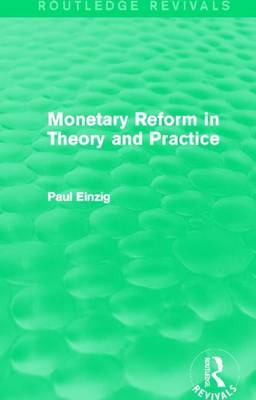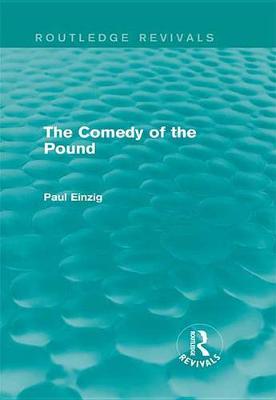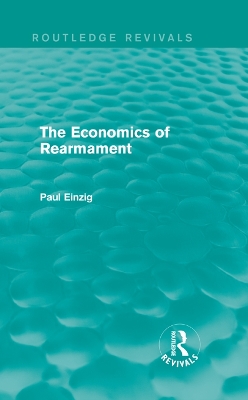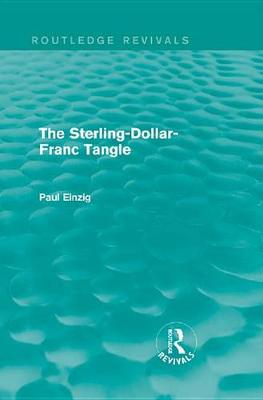Routledge Revivals
5 total works
First published in 1936, this book gives the reader an insight into the tendencies and spirit of the monetary reform movement as a whole, as accomplished or proposed since the First World War. The author marks the consideration of the overall reform as being more important than specifically looking at the actual proposals and measures involved, and the views he attributes to the various monetary reform schools are therefore composite views of the various factions of those schools. As a comparatively recent convert to the idea of monetary reform, at the time of writing, the author offers a balanced view of the subject as he also has extensive experience of the ideas of the orthodox monetary system. However, he does not believe that monetary reform alone can achieve the desired end without considerable economic planning. Indeed, he suggests that the monetary reform movement he discusses desperately needs to adopt a broader perspective and thus, he suggests a compromise.
First published in 1932, this book discusses the suspension of the gold standard in Britain, and the economic events surrounding September 1931. It argues that despite specific errors made by individuals, groups, and individual nations, the attempts to save the pound had little chance of recovery. Indeed, years before its collapse, powerful, fundamental factors had been eroding its stability. Hence, the author does not entirely blame the influence of French policy, or Great Britain’s political and economic decline after the war, but states that the collapse of sterling was co-ordinated by several factors of importance.
First published in 1933, this book looks at the key events relating to the fluctuations of sterling that surrounded the suspension of the gold standard in September 1931. It explores the idea that monetary authorities receive more recognition and admiration for their work from those abroad than those at home, whether well deserved or not. Indeed, after the economic episodes of September 1931, many people on the Continent regarded everything that happened to the pound as being the result of a carefully planned and executed monetary policy. Here, the author argues that the praise of British authorities from abroad was undeserved and that in actual fact, the behaviours of the monetary authorities in the aftermath of September 1931 were unsophisticated. This book describes the events following the pound’s collapse as having all the ups and downs of a comedy.
First published in 1934, this book explores prominent economic questions on the subject of rearmament and disarmament. Both rearmament and disarmament have a number of economic advantages and disadvantages and in each chapter Paul Einzig considers these in order to decide on which side the advantages outweigh the disadvantages. Part I of the book examines the economics of armament in the light of real experience of recent history whilst Part II looks to the probable economic effort of future rearmament.
First published in 1933, the original purpose of this book was to draw attention to the international aspects of monetary policy and to put forward the case for international co-operation in the monetary sphere. Paul Einzig highlights the negative impact that a lack of international spirit in monetary policy can have and promotes an increased understanding amongst nations. He discusses the failure of the Monetary and Economic Conference of June-July 1933 and expresses his belief that the monetary crisis of the time could have been solved, if not through an agreement, then through the inevitable inflationary effect of the increasing economic difficulties.




